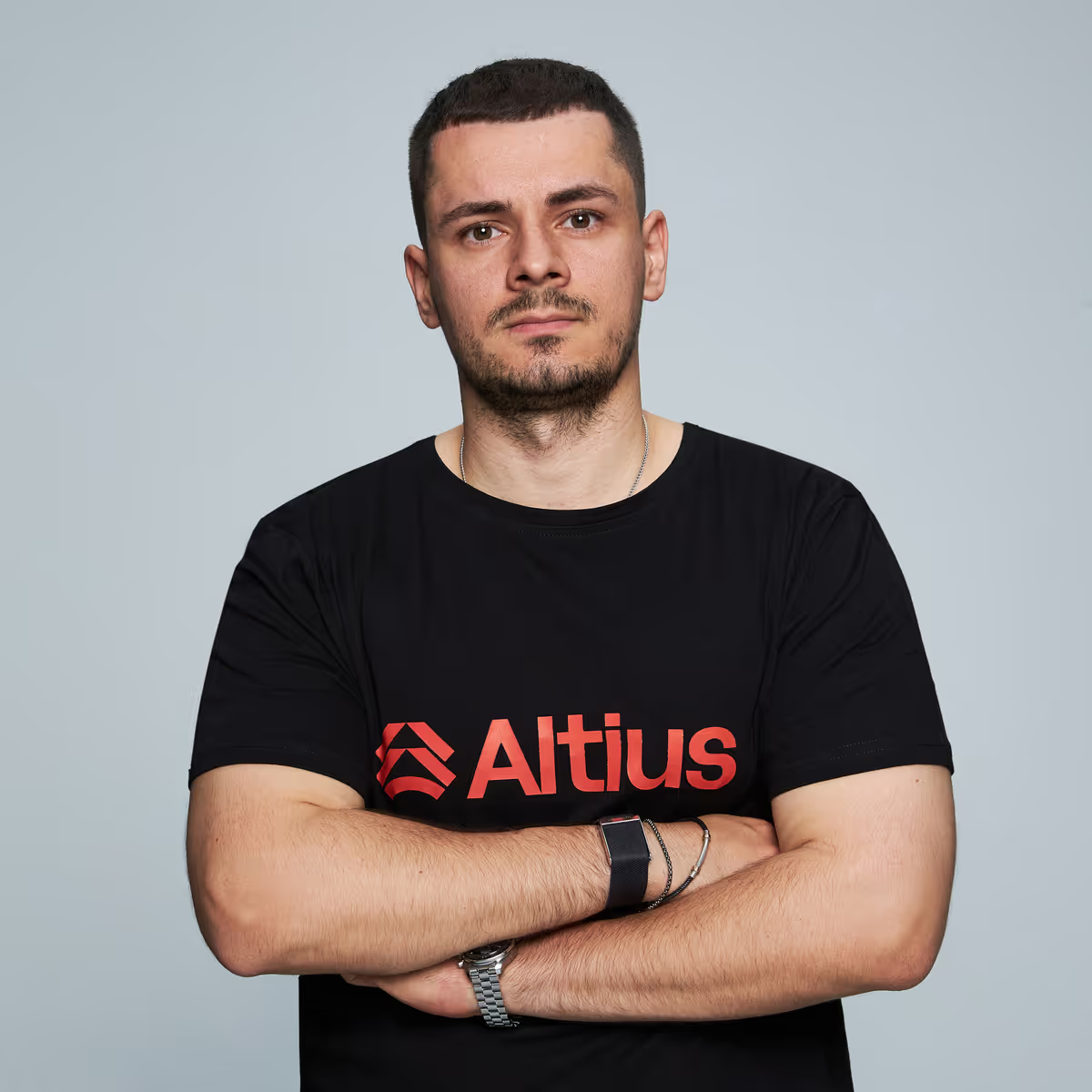How to Deploy a Smart Contract (Beginner’s Guide)

Deploying your first smart contract can seem intimidating - especially if you're new to Web3 development. At Altius Labs, we work with modular infrastructure and developers building across execution layers. But whether you’re deploying on Ethereum or any EVM-compatible chain, the first steps are universal.
In this beginner’s guide, we’ll show you an easy exact way to deploy a smart contract using Solidity and Remix IDE - without needing to set up a local dev environment.
If you’re just getting started with Web3 development, make sure to check out our blockchain learning hub for foundational concepts before you dive into deployment.
What Is a Smart Contract?
A smart contract is a self-executing piece of code that lives on a blockchain. It defines rules and automatically enforces them when specific conditions are met.
Unlike traditional web apps, smart contracts are immutable once deployed and run exactly as programmed, without downtime or interference. So once you deploy a smart contract, you can’t edit it, thus creating a high level of trust and predictability.
Smart contracts are the foundation for many Web3 applications, powering everything from decentralized finance (DeFi) protocols and NFT marketplaces to DAOs and supply chain tracking solutions.
Tools You’ll Need to Deploy Your First Smart Contract
For this beginner tutorial, we’ll use a few must-know tools if you want to develop on blockchain:
- Solidity (the most popular smart contract programming language for EVM chains)
- Remix IDE (an online, browser-based development environment)
- MetaMask Wallet (to pay for gas and interact with the network)
- Testnet ETH (free ETH on a test network for deployment testing)
This setup avoids complicated installations and keeps everything beginner-friendly. Let’s dive straight in?
Step 1: Write Your Smart Contract in Solidity
Let’s start with a very simple example, the most common one in the dev field: a "Hello World" contract.
Here’s a basic Solidity contract:
// SPDX-License-Identifier: MIT
pragma solidity ^0.8.0;
contract HelloWorld {
string public greet = "Hello, Blockchain World!";
}This contract stores a single public string. When deployed, anyone can read the value by calling the greet function.
Step 2: Open Remix IDE
Go to https://remix.ethereum.org.
Why Remix?
Pretty simple. Remix runs entirely in your browser - no installation needed! It also connects seamlessly with MetaMask for deployment.
In Remix:
- Click on “Contracts” → “New File”
- Paste your freshly written Solidity code into the editor
- Name and save the file (example: HelloWorld.sol)
Step 3: Compile Your Contract
Compiling a smart contract means converting the human-readable code you wrote (like in Solidity) into machine-readable bytecode that the blockchain can understand and execute. So, in Remix:
- Go to the “Solidity Compiler” tab (left sidebar)
- Select the appropriate compiler version (match the pragma solidity line, e.g., 0.8.0)
- Click “Compile HelloWorld.sol”
Look for the green checkmark showing successful compilation.
Step 4: Connect MetaMask and Choose Network
You’ll need to deploy to a blockchain network. For beginners, start with a Testnet like Goerli or Sepolia. Make sure not to use real ETH - we advise you start off with something you can do for free.
In MetaMask (once you have created your wallet):
- Switch your network to Goerli or Sepolia Testnet
- Get free testnet ETH from a faucet like: https://www.alchemy.com/faucets/ethereum-sepolia
Now in Remix:
- Go to the "Deploy & Run Transactions" tab
- Under "Environment", select "Injected Provider - MetaMask"
- Allow Remix to connect to your MetaMask
Step 5: Deploy the Contract
Deploying to a blockchain network means uploading your compiled smart contract onto the blockchain so it becomes live, accessible, and executable by anyone on that network. In Remix:
- Make sure the correct contract is selected in the Contract dropdown
- Click "Deploy"
- Confirm the transaction in MetaMask (you’ll see the gas fee, which will be minimal on testnet)
Once confirmed, your contract will be live on the testnet.
Step 6: Verify and Interact with Your Contract
After deployment:
- Check the Deployed Contracts section in Remix
- Click on the greet function
- You should see:
"Hello, Blockchain World!"
You can also view your contract on a testnet block explorer like GoerliScan or Sepolia Etherscan using your deployed contract address.
Next Steps: Deploying to Mainnet (When You’re Ready)
Once you're comfortable:
- Switch MetaMask to Ethereum Mainnet or any other EVM chain (Polygon, BNB Chain, etc.)
- Get some real ETH for gas
- Repeat the deployment process (triple-check everything before mainnet deploys, it costs real money!)
If you’re deploying on a modular execution layer or an AppChain, the process is similar - just connect to the relevant RPC endpoint. We get this is a bit more advanced, but if you put yourself to it, you’ll get there!
Common Beginner Mistakes to Avoid
- Forgetting to select the correct network (testnet vs mainnet)
- Not compiling the latest contract version
- Running out of testnet ETH for gas
- Not verifying contract logic before deploying (immutability = no edits after deploy)
Final Thoughts
Deploying your first smart contract is more than just writing code - it’s your first real step toward becoming a blockchain builder. You’re not just learning Web3 theory anymore; you’re putting something live on-chain that anyone in the world can see, interact with, and trust to run exactly as programmed.
This milestone marks the shift from experimenting to creating real value. From here, your journey can expand into building more advanced contracts, optimizing for gas efficiency, working with modular execution layers, and eventually deploying production-ready applications that power decentralized finance, NFT ecosystems, DAOs, or enterprise use cases.
At Altius Labs, we’ve seen countless developers start exactly where you are now - and go on to ship products that impact thousands of users. Your first deploy is just the beginning!
.svg)
